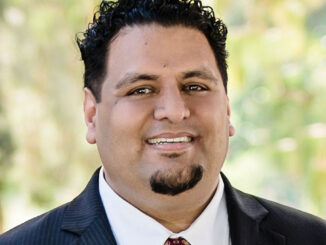
BY THEA MARIE ROOD
Learn how your neighborhood’s children will be affected for the next 10 years
If you need a reason to participate in the Census, here’s a big one: Education for your community. And not just today, but for the next decade and beyond.
“The Census is a constitutional mandate that requires us to count the population every 10 years,” says Edward Flores, an Associate Professor of Sociology at UC Merced. “It’s the most reliable tool for measuring population and how and where to invest public money for infrastructure. If one neighborhood is shrinking and one neighborhood is growing, we need to know that so we more adequately support areas that need it.”
This is especially critical, says Flores, in the Central Valley, which has one of the highest poverty rates in California, along with the lowest rate of high school graduation, the highest rate of unemployment and the lowest median income. It also has 11% of the state’s population but only 3% of philanthropic dollars.
“These are markers of extreme disadvantage,” he explains. “So, for people not to be counted would further weaken the valley. An undercount would further disadvantage an already disadvantaged area.”
Census figures will, for example, determine where schools will close, where schools will be built, how many teachers will staff each school, and where school district boundaries will be drawn. But there are also more subtle impacts.
“The Department of Education gives grants to local schools, Title I funding, but it also improves teacher qualifications and supports English language acquisition,” Flores says. “It provides special education grants, special education preschool grants, special education infant grants. So working parents, very young children and children with special needs are going to suffer the most if there is an undercount.”
Finally, Flores points out other federal agencies also rely on the Census count, including those that provide health clinics, assistance to people with disabilities and — perhaps most important — nutrition. “The USDA (U.S. Department of Agriculture) issues food stamps and funds school breakfast and lunch programs,” he says. “Poor children don’t have the resources to get enough or healthy food and rely on these programs, which impact their school performance.”




